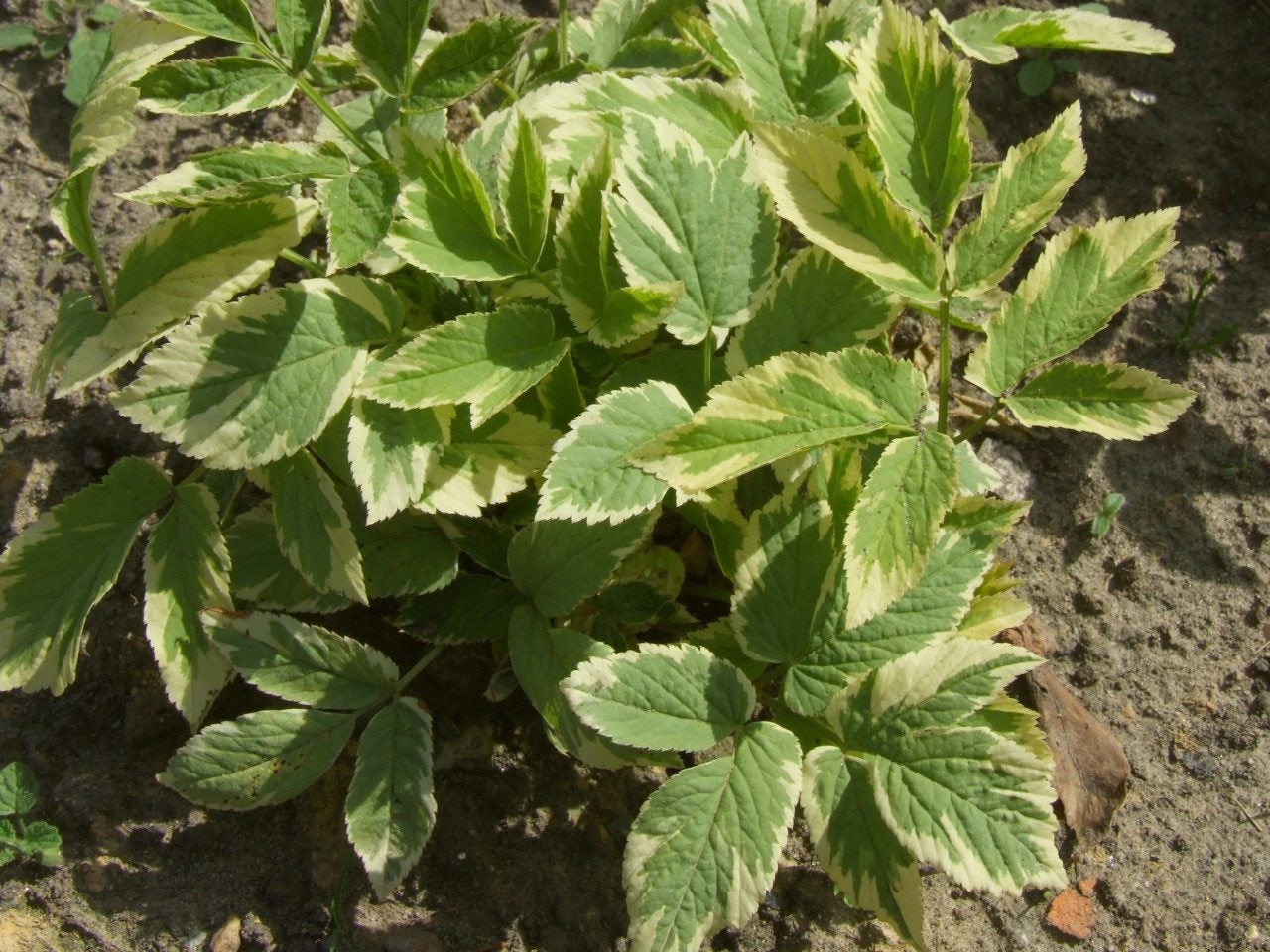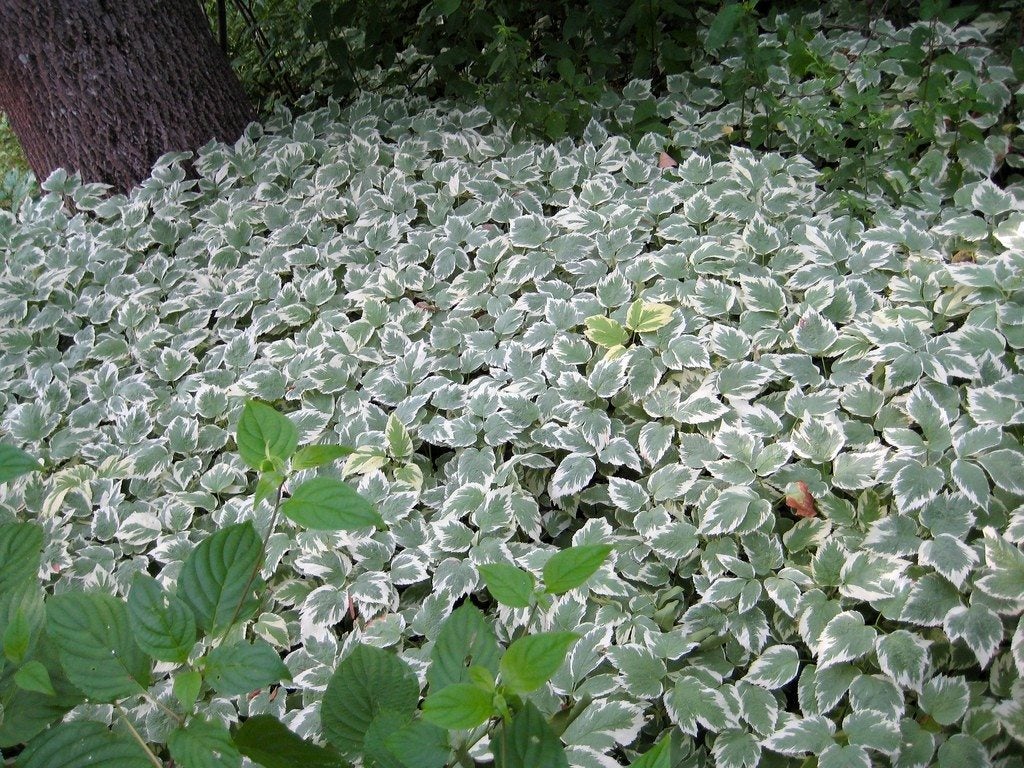Bishop’s Weed Reversion – Learn About Variegation Loss In Bishop’s Weed


Also known as goutweed and snow on the mountain, bishop’s weed is a rambunctious plant native to western Asia and Europe. It has naturalized across most of the United States, where it isn’t always welcome due to its extreme invasive tendencies. However, bishop’s weed plant may be just the thing for tough areas with poor soil or excessive shade; it will grow where most plants are doomed to fail. A variegated form of bishop’s weed plant is popular in home gardens. This form, (Aegopodium podagraria ‘Variegatum’) displays small, bluish-green leaves with white edges. The creamy white color provides a luminous effect in shady areas, which probably explains why bishop’s weed plant is also known as “snow on the mountain.” Eventually, you may notice variegation loss in bishop’s weed plants. If your bishop’s weed is losing its variegation, read on for information.
Variegation Loss in Bishop’s Weed
Why is my snow on the mountain losing color? Well, for starters, it’s normal for the variegated form of bishop’s weed to revert back to solid green. You may even notice areas of solid green leaves and variegated leaves mixed together in a single patch. Unfortunately, you may not have much control over this phenomenon. Variegation loss in bishop’s weed may be more prevalent in shady areas, where the plant has the misfortune of both low light and low chlorophyll, which are required for photosynthesis. Going green may be a survival tactic; as the plant goes green, it produces more chlorophyll and is able to absorb more energy from sunlight.
You may be able to do some trimming and pruning of trees or shrubs that keep your bishop’s weed plant in shade. Otherwise, variegation loss in bishop’s weed is probably irreversible. The only answer is to learn to enjoy the non-variegated, bluish-green leaves. After all, it’s just as attractive.
Gardening tips, videos, info and more delivered right to your inbox!
Sign up for the Gardening Know How newsletter today and receive a free copy of our e-book "How to Grow Delicious Tomatoes".

A Credentialed Garden Writer, Mary H. Dyer was with Gardening Know How in the very beginning, publishing articles as early as 2007.
-
 Creative Ideas For Plant Containers: 7 Ways To Save Money And Add Charm To A Garden
Creative Ideas For Plant Containers: 7 Ways To Save Money And Add Charm To A GardenIf you are looking for great ways to add personality to your container gardening – and even save yourself some money – then try these creative ideas for plant containers
By Mary Ellen Ellis
-
 How To Make A Bouquet Garni Or Herb Bundle For Cooking
How To Make A Bouquet Garni Or Herb Bundle For CookingIf you’re a great cook, you may have made an herb bundle before. If this is a new idea, learn how to add sparkle and interest to your dish with a bouquet garni.
By Amy Grant
